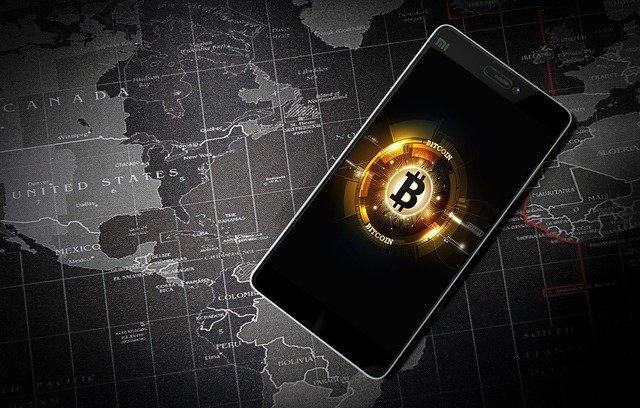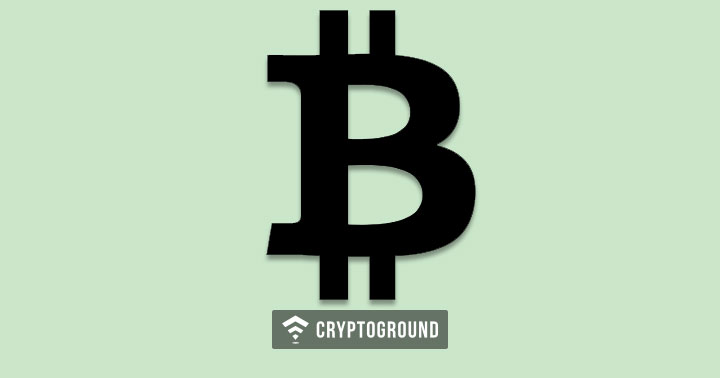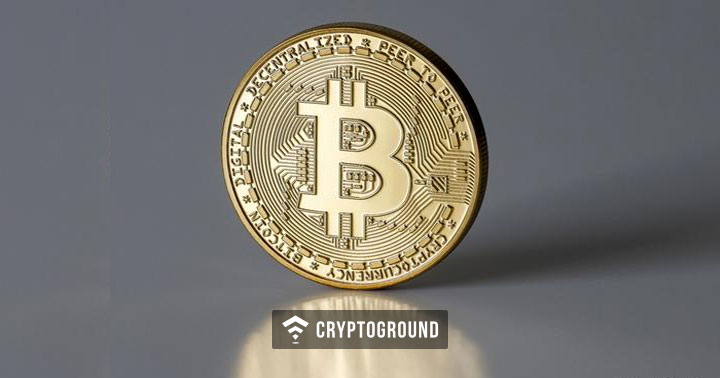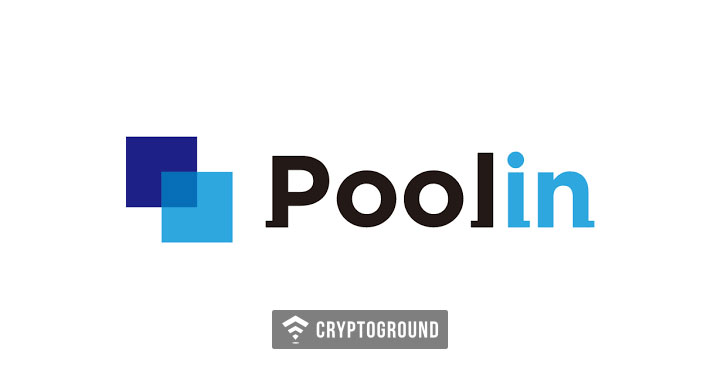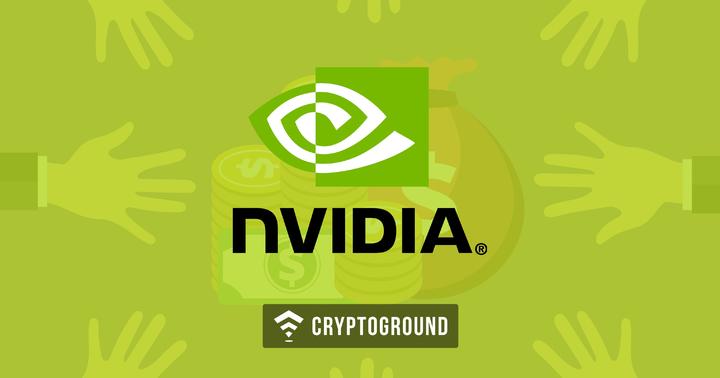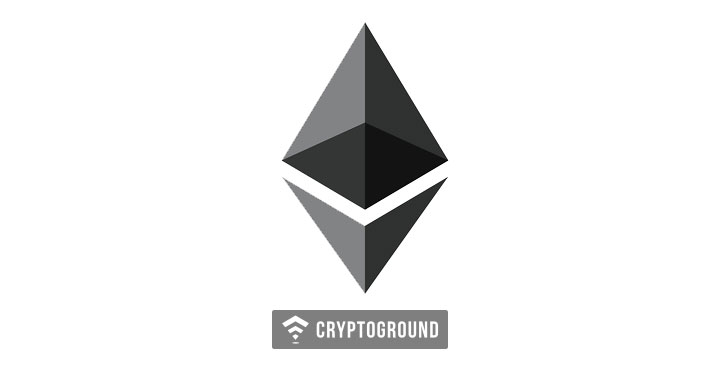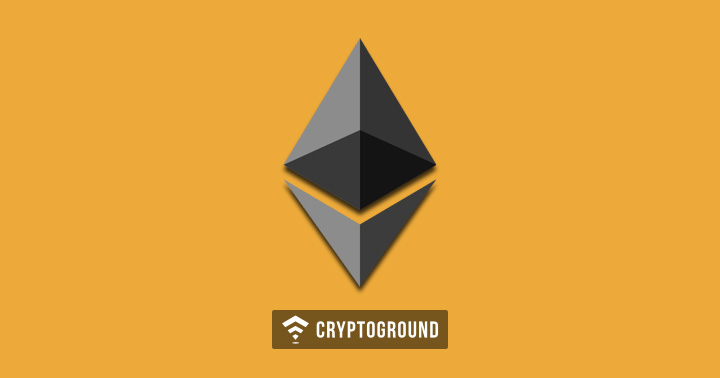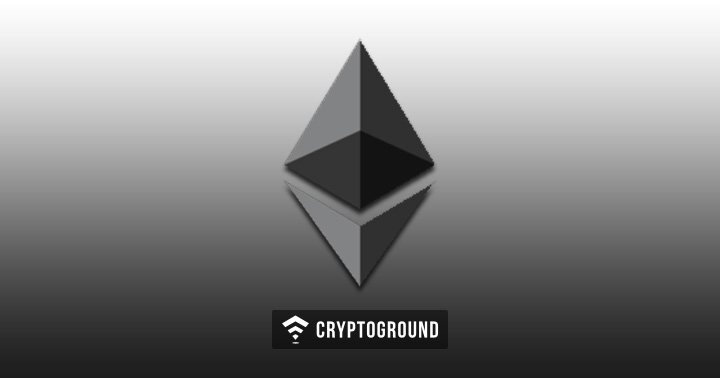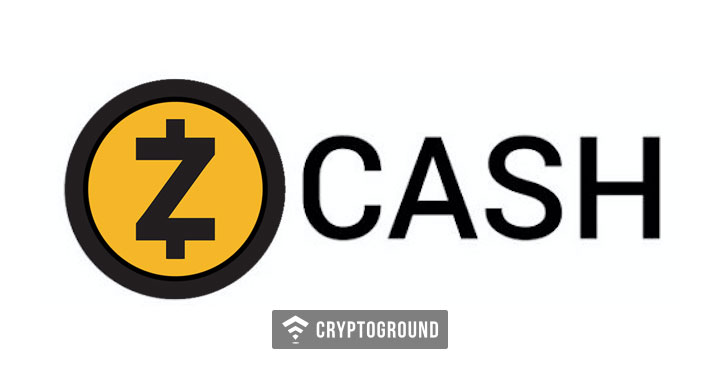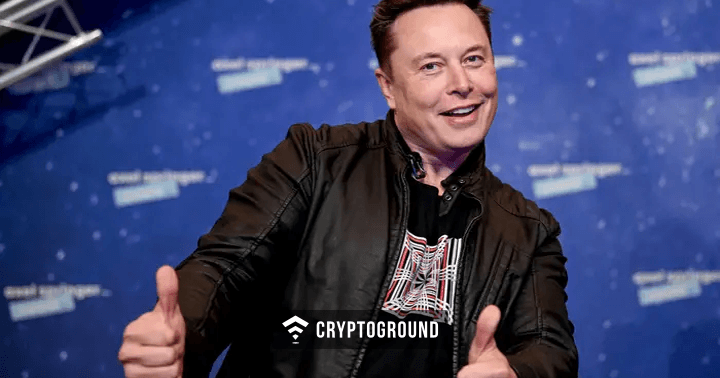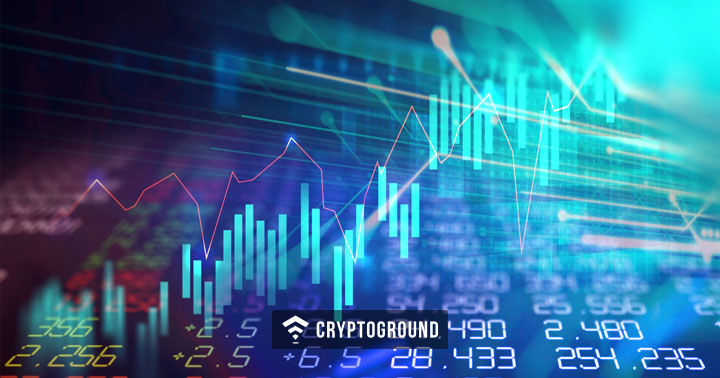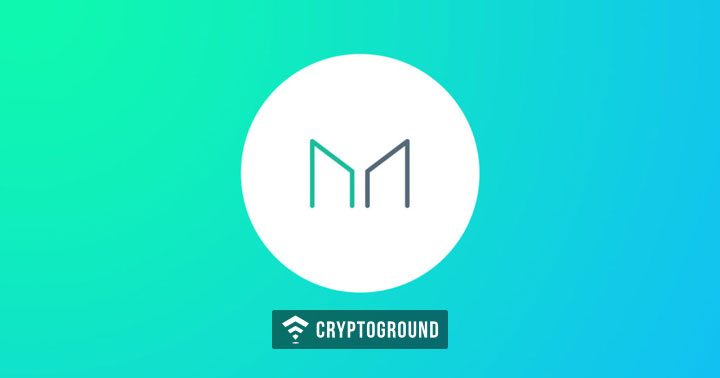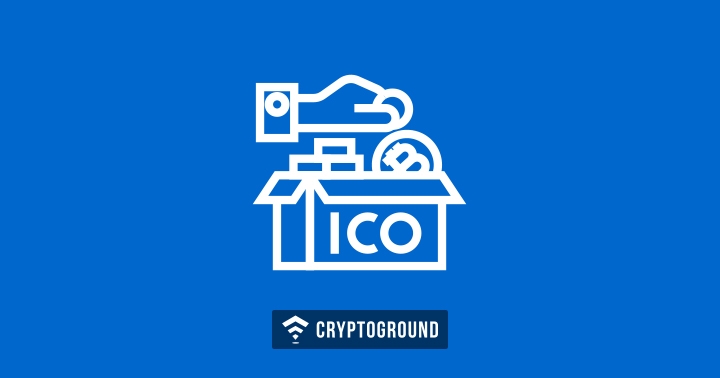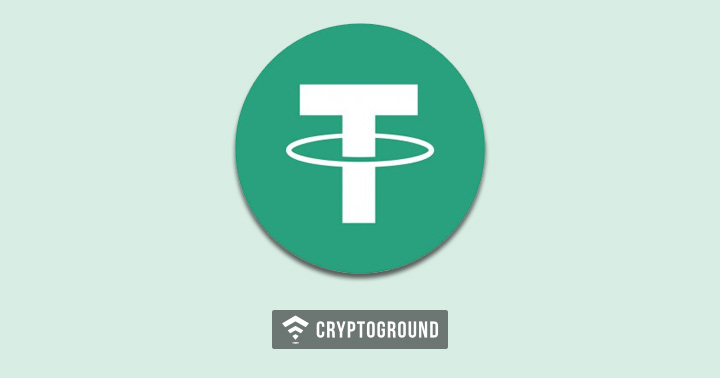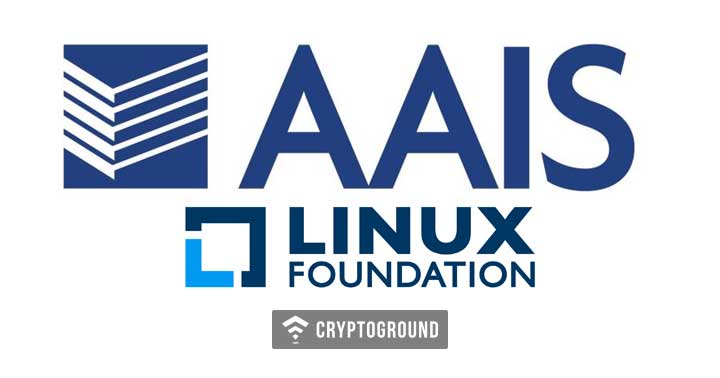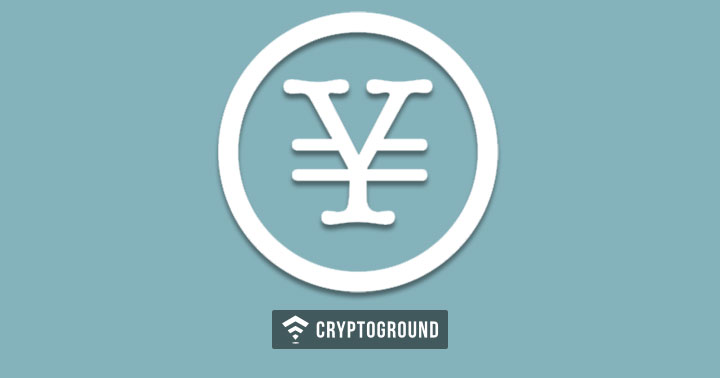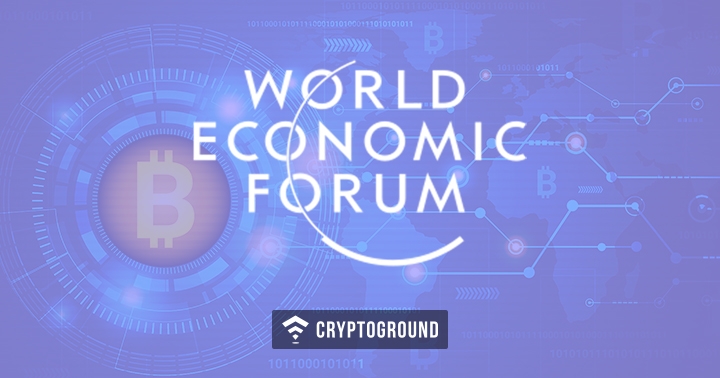In a report published on Friday, the World Economic Forum (WEF) Foundation has highlighted over 65 use-cases of the blockchain technology in environmental conservation. These suggestions were published by the WEF Foundation in their report titled ‘Building Block(chain)s for a Better Planet’.
Environmental degradation and climate change are among the biggest problems the planet is facing these days. These problems transcend beyond national and domestic interests, and there has been a constant effort from many concerned organizations about the cause. The World Economic Forum is now looking forward towards the blockchain technology to help tackle these problems.
Game-Changers: Blockchain In Environmental Conservation
In their report, the WEF talks about how the blockchain technology can change the way environmental resources are managed by bringing in sustainable growth and value creation. The report has identified eight ‘game changers’, which have been selected on the following basis:
1. Transformational impact (i.e. it could completely disrupt or alter current approaches)
2. Adoption potential (i.e. the potential population size is significant)
3. Centrality of blockchain to the solution (i.e. blockchain is a vital cog in the solution)
4. Systems impact (i.e. the game changer could really shift the dial across human systems) 5. Realizable enabling environment, including political and social dynamics (i.e. the enabling environment can be identified and supported)
Let us now take a closer look at the eight ‘game-changers’ that the blockchain technology brings to the world of environmental conservation:
See-through Supply Chains
A record of origin can be created for environmental products - which ensure the complete traceability and transparency - thereby increasing accountability. This also improves the supply and demand management and is aimed towards sustainable production, logistics and consumption. The example cited by the WEF here is that of illegal fishing industry and how the use of blockchain-based see-through supply chains can help curb out these kinds of illegal industries that damage the environment.
Decentralized and Sustainable Resource Management
This aspect basically talks about decentralized platforms for resource management, especially considering that centralized management systems are a single-point system and one failure could lead to multiple sufferings. However, with a decentralized setup, supply and demand can be matched optimally. The WEF cites examples of a decentralized power-grid system, as well as a decentralized system for water management.
Raising the Trillions – New Sources of Sustainable Finance
The report cites a UN study which indicates that there is a funding gap of almost $5 to $7 Trillion every year when it comes to meeting the Sustainable Development Goals (SDGs). Bringing in blockchain-based financing platforms can help open up the reach of these projects to new investors and to a mass market, which could help reduce the gap. The report gives an example of how blockchain technology is being used to finance solar energy projects in Sub-Saharan Africa.
Incentivizing Circular Economies
Here, the WEF talks about how the blockchain technology can change the way in which natural resources are valued. Individuals would be incentivized with cryptocurrencies in return for sustainable actions. For example, the report cites how organizations such as Plastic Bank are rewarding individuals with cryptocurrencies when they deposit plastic containers, cans and bottles, etc. collected from the ocean. More such projects are needed in the future to help improve the state of the environment over the years to follow.
Transforming Carbon (and other environmental) Markets
Reducing carbon emissions is one of the biggest steps towards bringing in an environmental reform. Blockchain platforms can be integrated into existing carbon trading infrastructure to gauge the impact of carbon trading, as well as to bring in more transparency into the system. Moreover, carbon credit management platforms are already being used in China, developed by IBM in partnership with Energy-Blockchain Labs. This can be taken another step forward where even the household carbon emission reduction can be incentivized.
Next-gen Sustainability Monitoring, Reporting and Verification
Business models in the modern day need to not only be self sustainable but also need to be environment friendly. Investors, consumers, governments and regulators are all pressurizing businesses to get more environment friendly. Hence, businesses need to ensure that they are reporting their environmental performance in an accurate manner. Blockchain technology can be made use of to improve sustainability reporting and assurance.
Automatic Disaster Preparedness and Humanitarian Relief
Disaster can strike any time and it takes a lot of preparedness to be ready for one. Often, it is a huge expenditure which some developing countries may take years to raise to rehabilitate life as it was before the disaster struck. However, the blockchain technology can be made use of for the purpose of humanitarian relief. IBM and the American Red Cross are working towards “Call for Code”, which is an initiative where applications are being developed to help people and communities better prepare for natural disasters.
Earth-management Platforms
Environmental habits need to be tracked, managed and recorded. Quoting the report, “Blockchain may be able to facilitate the collation, monitoring and management of vast quantities of Earthsystem data in a geospatial digital ledger. New blockchain-enabled geospatial platforms are in the early stages of exploration and could monitor, manage and enable market mechanisms that protect the global environmental commons – from life on land to ocean health.”
Those interested in going through the entire report can read it here.
